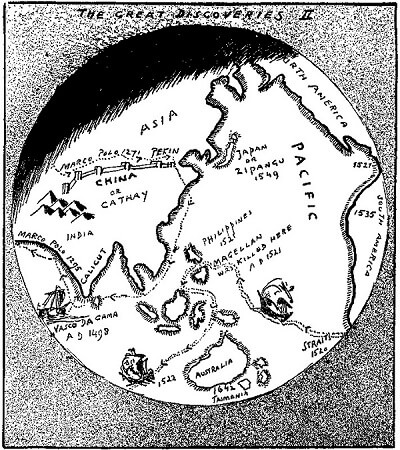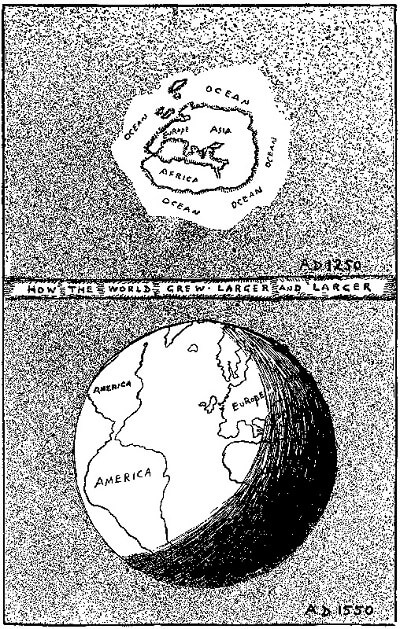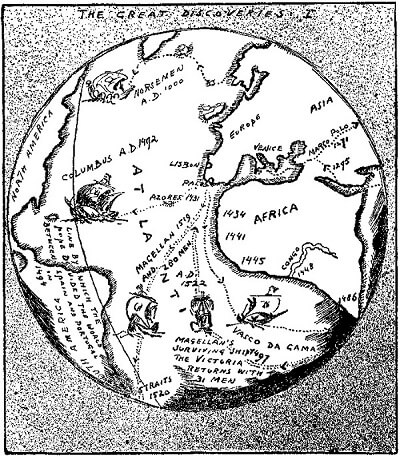 The Story of Mankind Part II
The Story of Mankind
The Story of Mankind Part II
The Story of Mankind




 The Story of Mankind Part II
The Story of Mankind
The Story of Mankind Part II
The Story of Mankind

Study the lesson for one week.
Over the week:
Activity 1: Narrate the Lesson
Activity 2: Study the Lesson Picture(s)
Activity 3: Map the Lesson
Find the continents of Europe and Asia on the map of the world.
Trace a sea path around the Cape of Good Hope (South Africa) from Portugal to China and Japan.

Activity 4: Complete Copywork, Narration, Dictation, and Coloring

Click the crayon above. Complete pages 16-17 of 'World History Activities for Fourth Grade.'